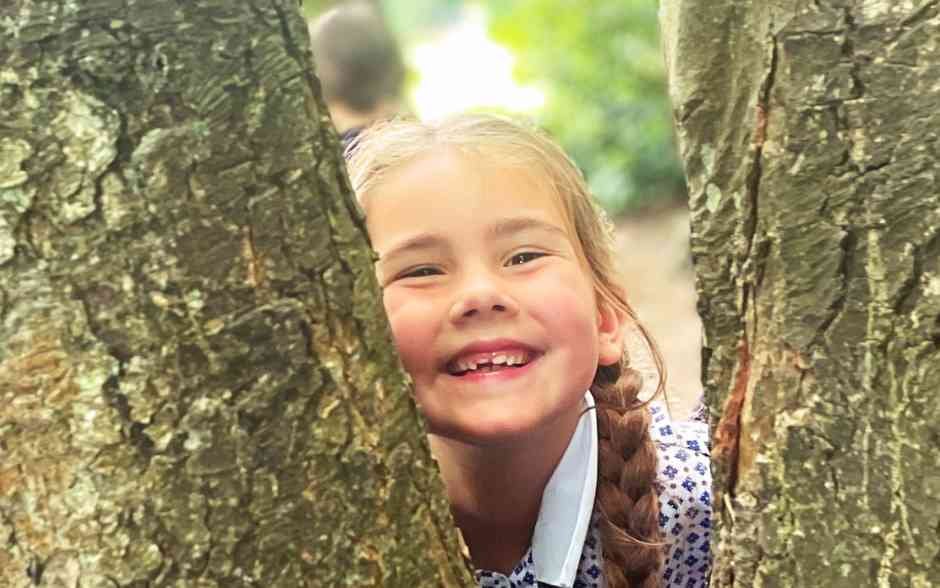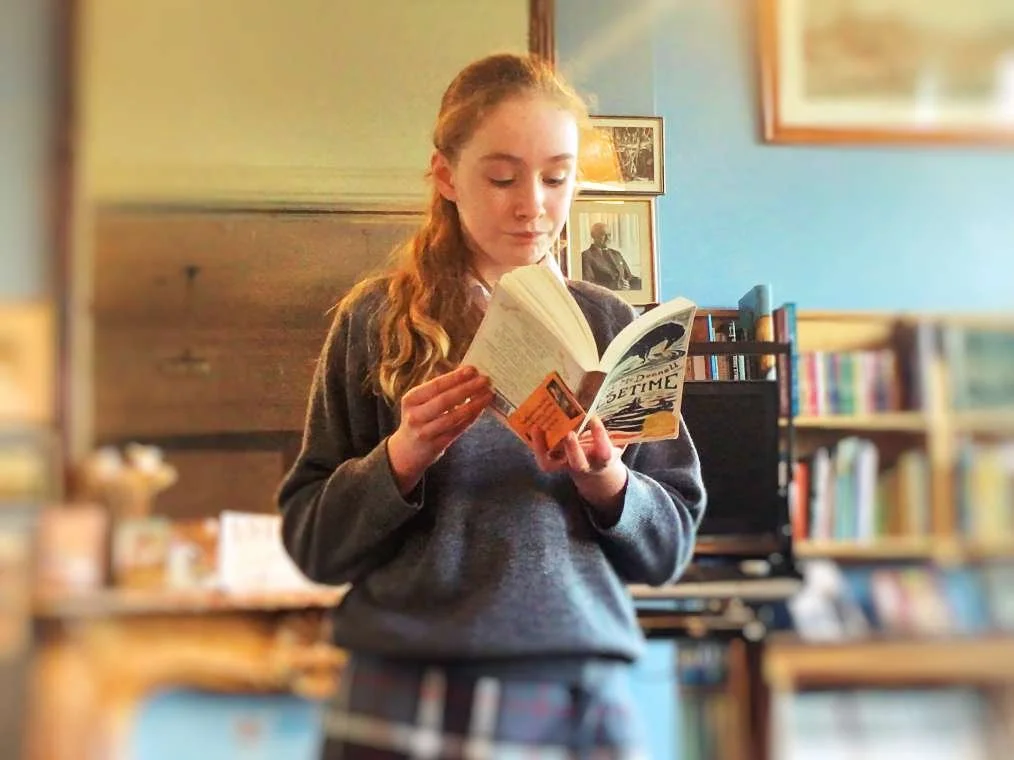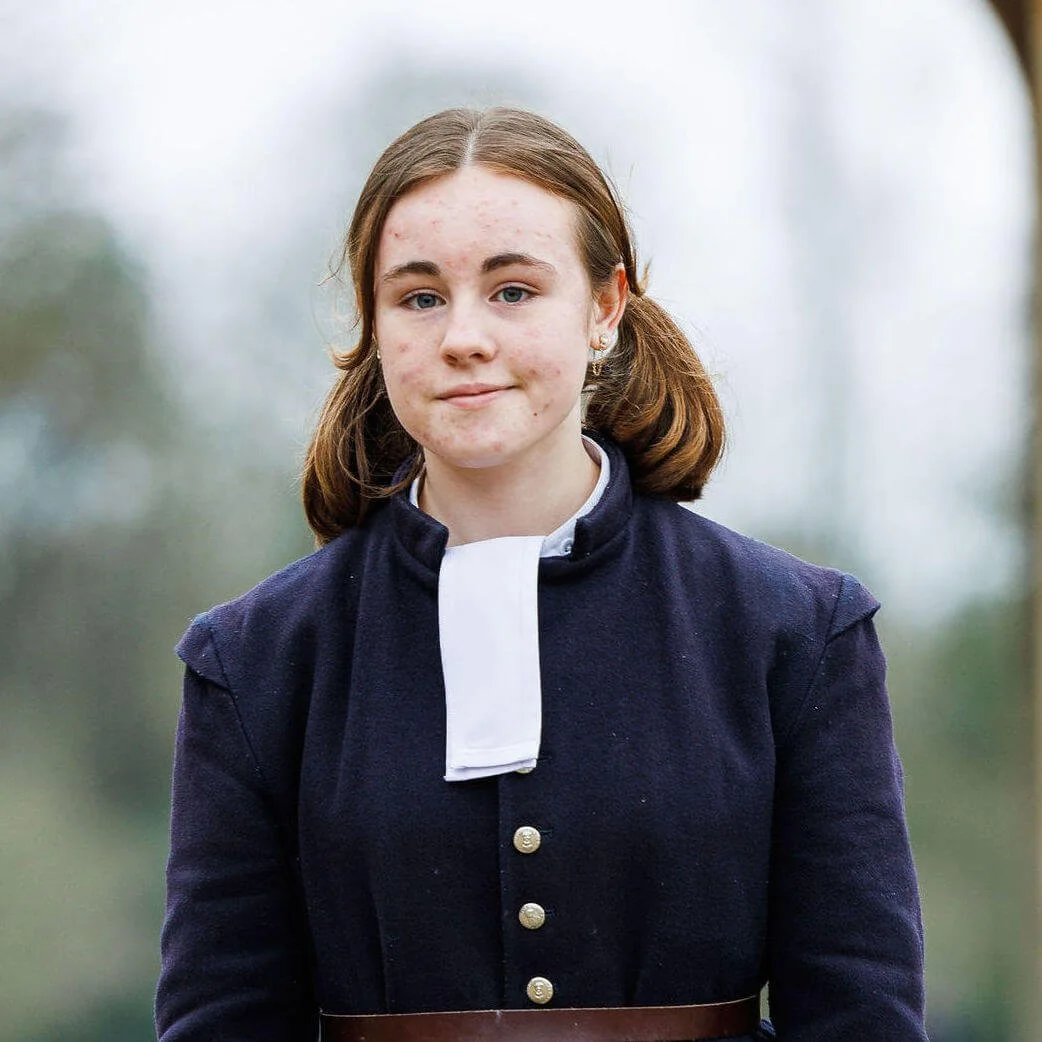Lab detectives: owl pellet dissection and analysis
/Pupils have been working as dissection detectives in the science lab at Sompting Abbotts Prep School. They have been investigating Barn Owl pellets found in the school grounds.
Says Head of Science Claire Scale: “We've had a fabulous lesson, inspired by a resident Barn Owl nesting in a barn next to our science lab.”
Knowing that owl pellets were available, Ms Scale collected a pile of them. She then organised the hands-on lesson to link in with Year 5’s current science topic of Life Cycles.
“We’re currently studying plant life cycles and seed dispersal. So this activity linked in with our other recent topics of teeth, digestion, and animal anatomy,” she said.
Ms Scale sterilised the pellets with a 15-minute steam. Then she handed them out to the children to dissect with toothpicks and tweezers.
“The children did find them a little whiffy. But the variety and number of bones, teeth and claws we found amazed them!” she said.
Barn Owls usually swallow their prey whole. Their food passes into their gizzard. This is a muscular second stomach that uses digestive fluid to grind and dissolve the organic matter.
“We are lucky to have ‘natural resources’ like owl pellets on our grounds! This is a lovely example of how our teachers are harnessing our natural milieu to bring curriculum-based learning to life.”
Soft tissue, such as muscle, fat, and internal organs are easily processed by the owls. Their pellets are the regurgitated and leftover parts. They typically contain fur, bone, claws, teeth, hair, feathers and exoskeletons.
On a chart, the children listed the bone parts they discovered. They included skulls, jaws, scapulas, fore- and hind-limbs, pelvic bones, ribs and vertebrae.
Excitingly, the children were able to almost reconstruct the bones of a vole skeleton!
The children discussed, too, the role that owls might play in seed dispersal. They thought about how the grains and seeds that field mice and voles eat might be indirectly disseminated by the owls.
(This was a subject that also interested the eponymous English naturalist Charles Darwin. He carried out an experiment in 1856 feeding a rat that had ingested a mixture of seeds to a snowy owl. He then planted the seeds retrieved from its pellets and discovered that oats, wheat, millet and hemp seeds all germinated!)
Said Ms Scale: “I haven't personally seen ‘our’ owl yet. But our ornithology expert and teacher Mr Buckingham and some of Year 4 have (by peeping through the barn window). We can't go in, though, as it's illegal to disturb a Barn Owl.”
Headmaster Mr Douch said: “We are lucky to have 'natural resources' like owl pellets on our grounds! This is a lovely example of how our teachers are harnessing our natural milieu to bring curriculum-based learning to life.”
Year 5 pupil Sylvie M carried out an investigation to determine the most frequently eaten rodent by the school barn owl by dissecting its pellets and identifying the different rodent jaw bones she discovered. Her conclusion is below and you can download a pdf of her full investigation here or by clicking on the photo below.




































